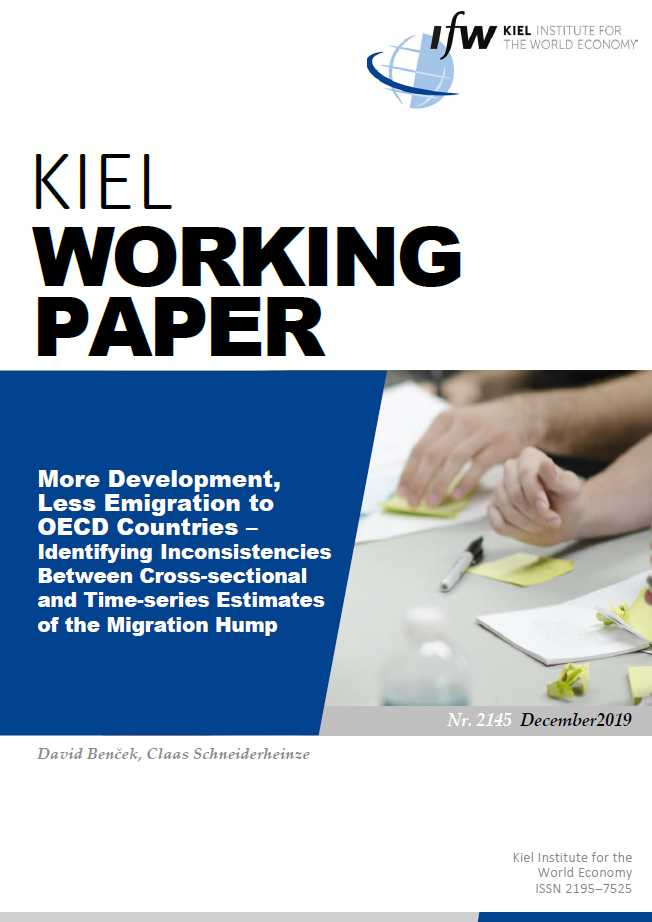Working Paper
More development, less emigration to OECD countries - Identifying inconsistencies between cross-sectional and time-series estimates of the migration hump
Authors
Publication Date
JEL Classification
Key Words
Related Topics
Migration
Growth
Emerging Markets & Developing Countries
Comparing the emigration rates of countries at different stages of economic development, an inverse u-shape emerges. Although merely based on cross-sectional evidence, the “migration hump” is often treated as a causal relationship. Since the peak is located at rather high per capita incomes of 6000–10 000 USD policy makers in rich destination countries worry that supporting economic development in poor origin countries might increase migration. In this paper we systematically test whether the migration hump holds up to more scrutiny, finding that the cross-sectional pattern is misleading. Using 35 years of migration flow data from 198 countries of origin to OECD destinations, we successfully reproduce the hump-shape in the cross-section. However, more rigorous fixed effects panel estimations that exploit the variation over time consistently show a negative association between income and emigration. This result is independent of the level of income a country starts out at and thus casts doubt on any causal interpretation of the migration hump.





